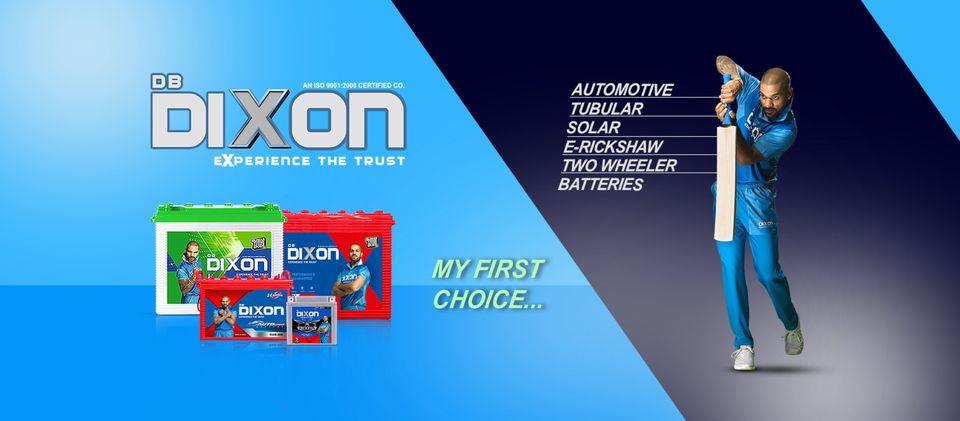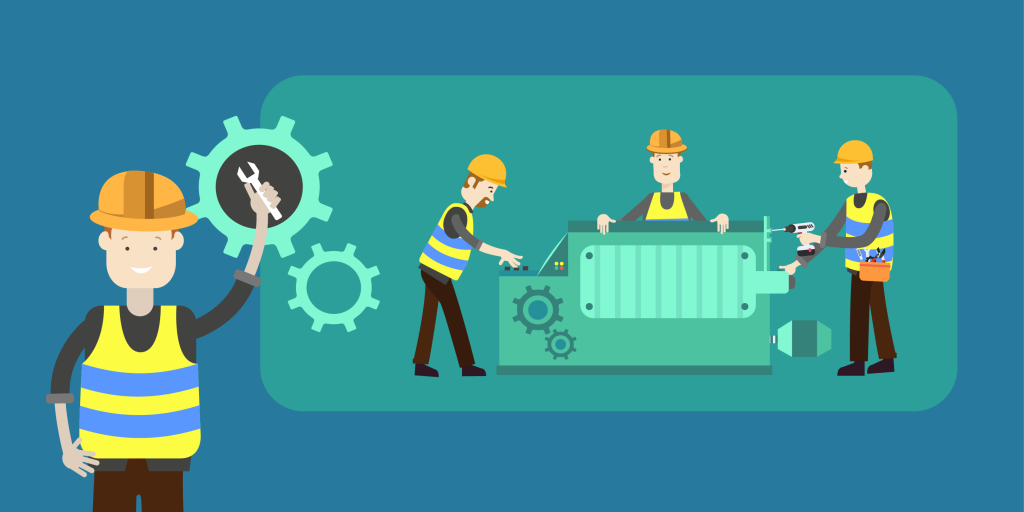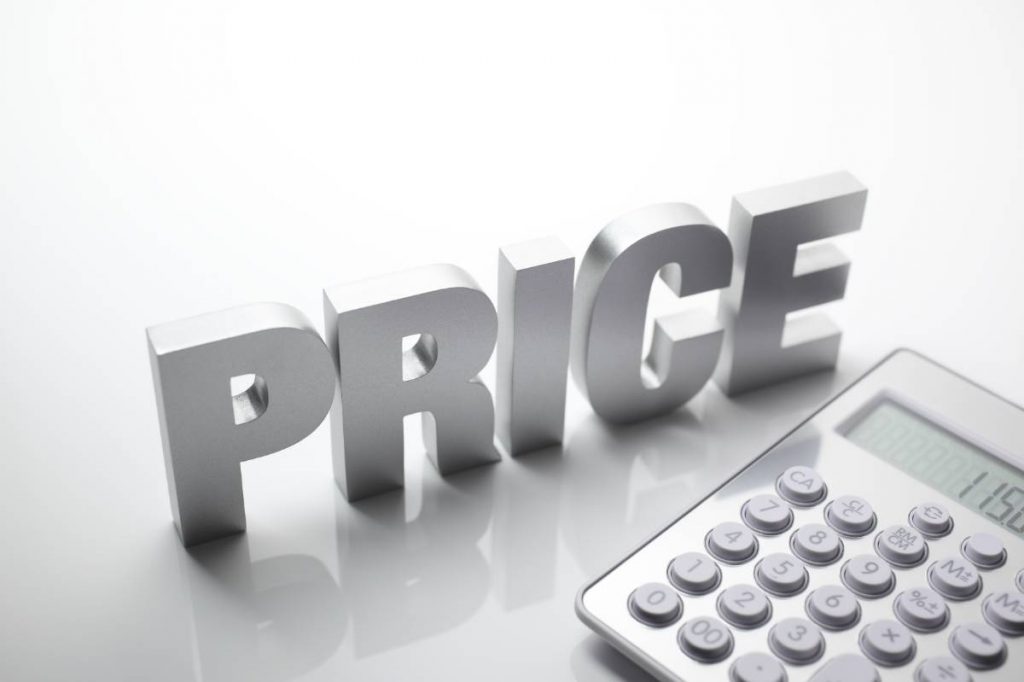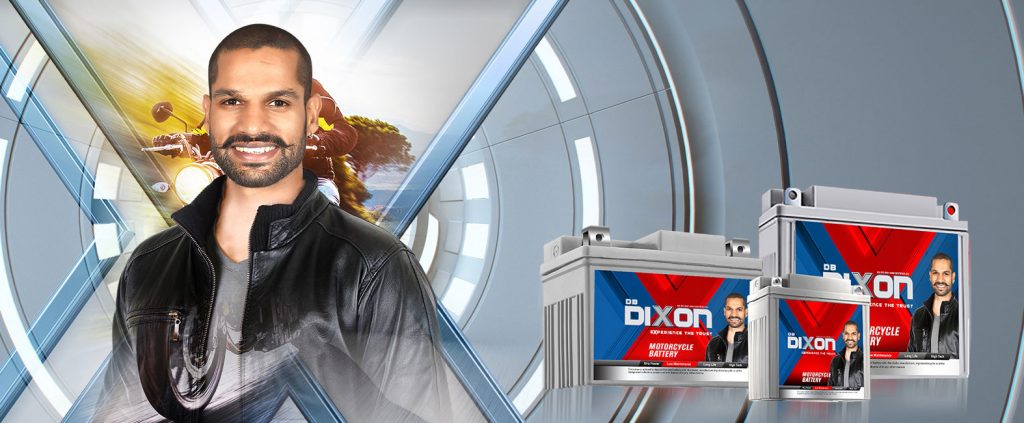In the realm of power supply, the choice between a deep cycle battery and a starting battery is a decision of paramount importance, as it directly impacts the performance and longevity of various applications. Deep cycle batteries, distinguished by their thicker plates, are engineered for endurance, excelling in the provision of sustained energy for extended periods. They are the trusted source for inverters, RVs, and solar energy systems. In contrast, starting batteries are optimized for quick bursts of high current, designed to ignite engines in vehicles. This introduction sets the stage for a comprehensive comparison, shedding light on their respective strengths and ideal applications.
Understanding Deep Cycle Batteries:
Deep cycle batteries are designed with a specific purpose in mind. Their construction and design feature thicker plates that enable them to handle frequent charging and discharging cycles. This makes them ideal for applications where sustained power output over an extended period is required. Deep cycle batteries are a reliable and robust choice for inverters.
Understanding Starting Batteries:
On the other hand, starting batteries are engineered for a different purpose. Their high cranking amp rating is tailored for short bursts of high current, making them the go-to choice for vehicles, such as cars and motorcycles. Starting batteries are designed to provide the quick bursts of power needed to start an engine but are not suited for long-term, sustained power output.
Power Output:
Deep cycle batteries are prized for their ability to provide sustained power over time. They are engineered to deliver consistent energy, making them well-suited for applications that require steady electricity, like inverters. While capable of delivering high initial power, starting batteries are not designed to maintain this output for extended periods.
Discharge and Recharge Cycles:
One of the key advantages of deep-cycle batteries is their ability to handle deep discharges and recharges without sustaining damage. They can be cycled (discharged and recharged) many times without compromising performance. Starting batteries, however, are not built to endure frequent deep discharges, which can significantly reduce their lifespan and effectiveness.
Applications:
Deep cycle batteries find common usage in applications such as inverters, RVs, boats, and solar energy systems. Their ability to provide a consistent, reliable power source over an extended period makes them the preferred choice for off-grid and backup power solutions. On the other hand, starting batteries are most commonly employed in vehicles, where quick bursts of high energy are essential to start an engine.
Battery Lifespan:
Deep-cycle batteries tend to have a longer lifespan when properly maintained. Their robust design allows for more charge-discharge cycles. In contrast, starting batteries, because of their design for high current bursts, have a shorter lifespan and may need more frequent replacements.
Capacity and Reserve:
Deep cycle batteries are known for their high reserve capacity, allowing them to provide a steady power flow for longer durations. This makes them dependable for applications that require sustained energy output. Starting batteries have a lower reserve capacity, as they are not intended for long-term discharges but brief bursts of energy.
Choosing the Right Battery:
Selecting the appropriate battery for your specific needs is crucial. To make the right choice, consider the following factors:
- Power Requirements: Determine how much power your inverter setup requires.
- Discharge Cycles: Understand the frequency and depth of your battery’s discharge cycles.
- System Compatibility: Ensure that your chosen battery is compatible with your inverter and system requirements.
DB Dixon is one of the top inverter battery manufacturers. With our extensive experience and expertise, we specialize in crafting high-quality batteries specifically designed for inverters. Our commitment to excellence has earned us a strong reputation in the industry. When you choose DB Dixon, you can expect reliable, long-lasting batteries that deliver exceptional performance. Whether it’s for residential or commercial use, our wide range of inverter batteries is sure to meet your power backup needs. Trust DB Dixon for top-notch quality and durability in every battery we produce.
In Conclusion
Deep cycle batteries are the stalwarts when it comes to sustained and reliable power output over an extended period, making them the preferred choice for applications such as inverters, RVs, boats, and solar energy systems. Their ability to endure frequent deep discharges and their longer lifespan when properly maintained underline their significance in off-grid and backup power solutions.
On the other hand, starting batteries excel at providing quick bursts of high current, ideally suited for vehicles like cars and motorcycles where the primary need is to initiate the engine. Their shorter lifespan and lack of durability under frequent deep discharges make them less suitable for long-term, sustained power applications.
To make an informed decision when choosing a battery, it is essential to evaluate your energy needs, the frequency and depth of discharge cycles, and ensure compatibility with your system’s requirements. Making the right choice not only optimizes your power source but also guarantees a reliable energy supply for your specific demands, whether they are short bursts of energy or sustained, uninterrupted power.








